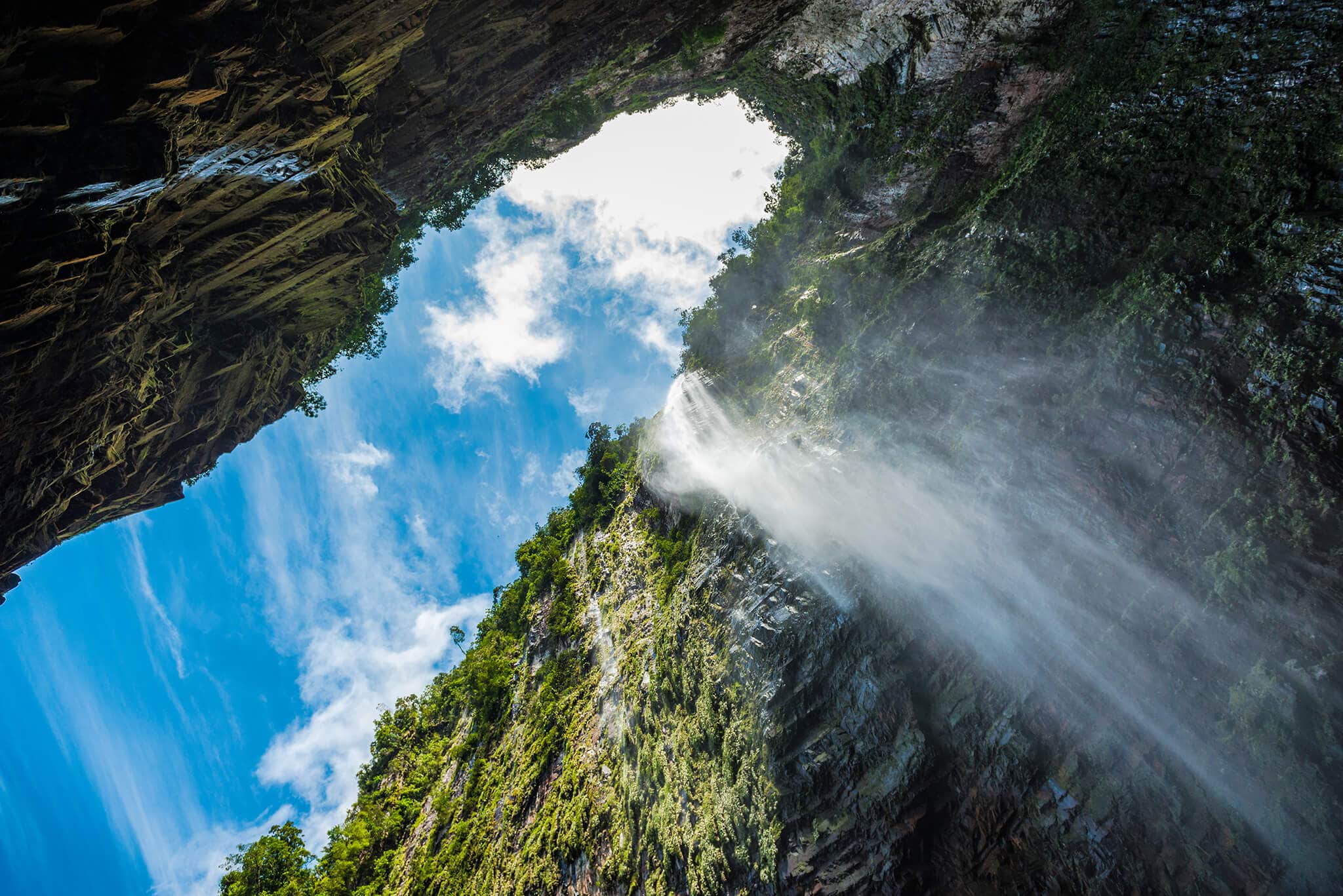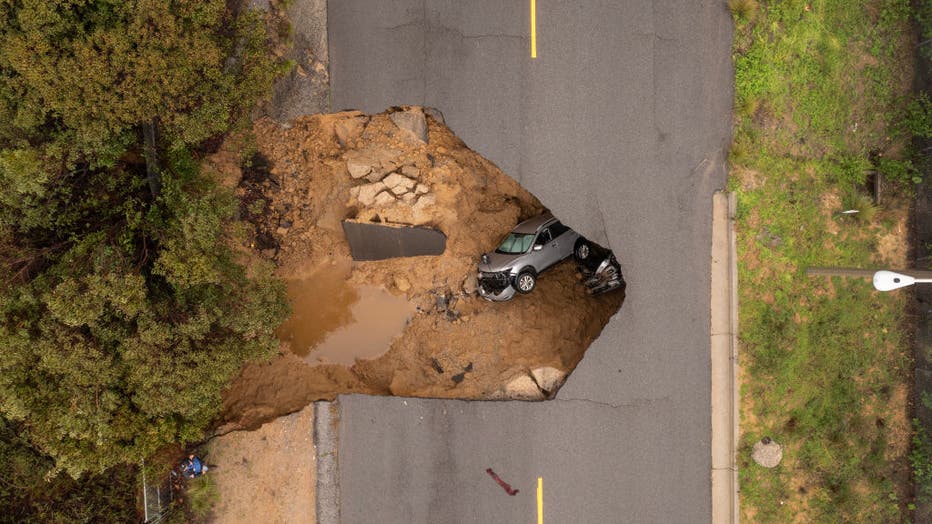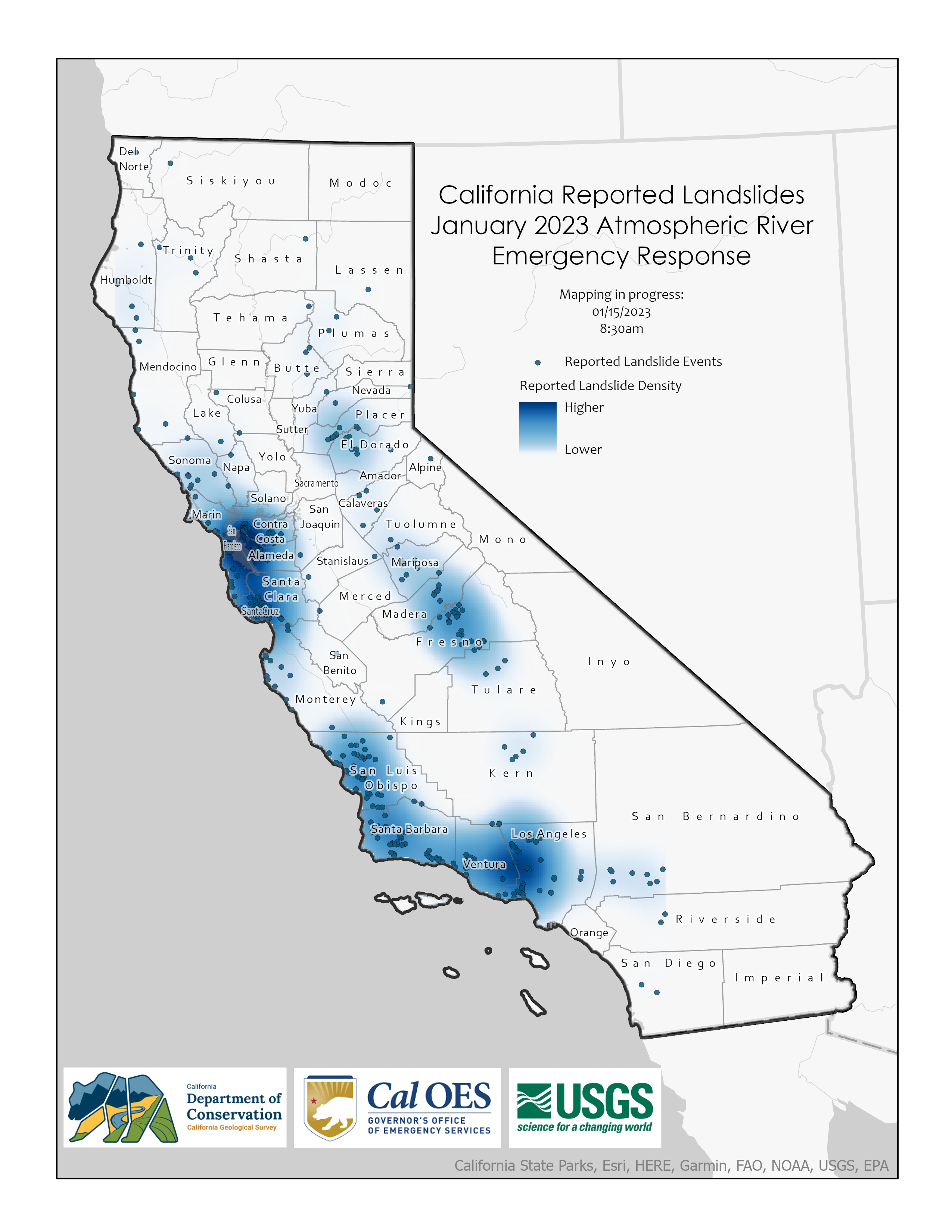Topic yucatan sinkholes: Discover the enchanting world of Yucatan sinkholes, where ancient mysteries and natural beauty converge in Mexico"s breathtaking underground paradises.
Table of Content
- What are cenotes and how are they formed in the Yucatán Peninsula?
- Highlights of Yucatan Cenotes
- Conservation and Importance
- Visiting Yucatan Cenotes
- Conclusion
- YOUTUBE: Bottomless Yucatan Sinkhole by Jonathan Bird\'s Blue World
- Introduction to Yucatan"s Cenotes
- Historical Significance of Cenotes
- Types of Cenotes in Yucatan
- Top Cenotes to Visit in Yucatan
- Activities in Yucatan Cenotes
- Conservation Efforts for Cenotes
- Planning Your Visit to Yucatan Cenotes
- Understanding the Ecological Importance of Cenotes
- Guidelines for Responsible Tourism in Cenotes
- Conclusion: The Eternal Allure of Yucatan"s Cenotes
What are cenotes and how are they formed in the Yucatán Peninsula?
Cenotes are water-filled sinkholes that are naturally formed in the Yucatán Peninsula, Mexico. These geological formations are primarily created by the collapse of limestone bedrock, exposing the underground water body. The process of cenote formation can be explained in the following steps:
- Limestone Formation: The Yucatán Peninsula is predominantly composed of porous limestone rock, which is susceptible to erosion and dissolution by water over time.
- Underground Caverns: As rainwater seeps through the porous limestone, it dissolves the rock and creates underground caverns and channels.
- Roof Collapse: Over time, the cavern ceilings become thin due to the dissolution of limestone, leading to eventual collapse.
- Cenote Formation: The collapsed ceiling exposes the groundwater beneath, creating a cenote - a circular depression filled with crystal-clear freshwater.
These cenotes are vital sources of freshwater in the region and hold cultural significance for the Mayan people. Many cenotes are used for swimming, diving, and as sacred sites, making them unique natural wonders worth exploring in the Yucatán Peninsula.
READ MORE:
Highlights of Yucatan Cenotes
- Cenote Ik Kil: Known for its breathtaking beauty, this cenote near Chichen Itza is a popular spot for swimming and photography.
- Gran Cenote: A paradise for snorkelers and divers, located near Tulum, featuring crystal-clear waters and stunning cave formations.
- Cenote Dos Ojos: One of the most famous cenotes for diving, offering two connected sinkholes with clear blue waters and a rich underwater ecosystem.
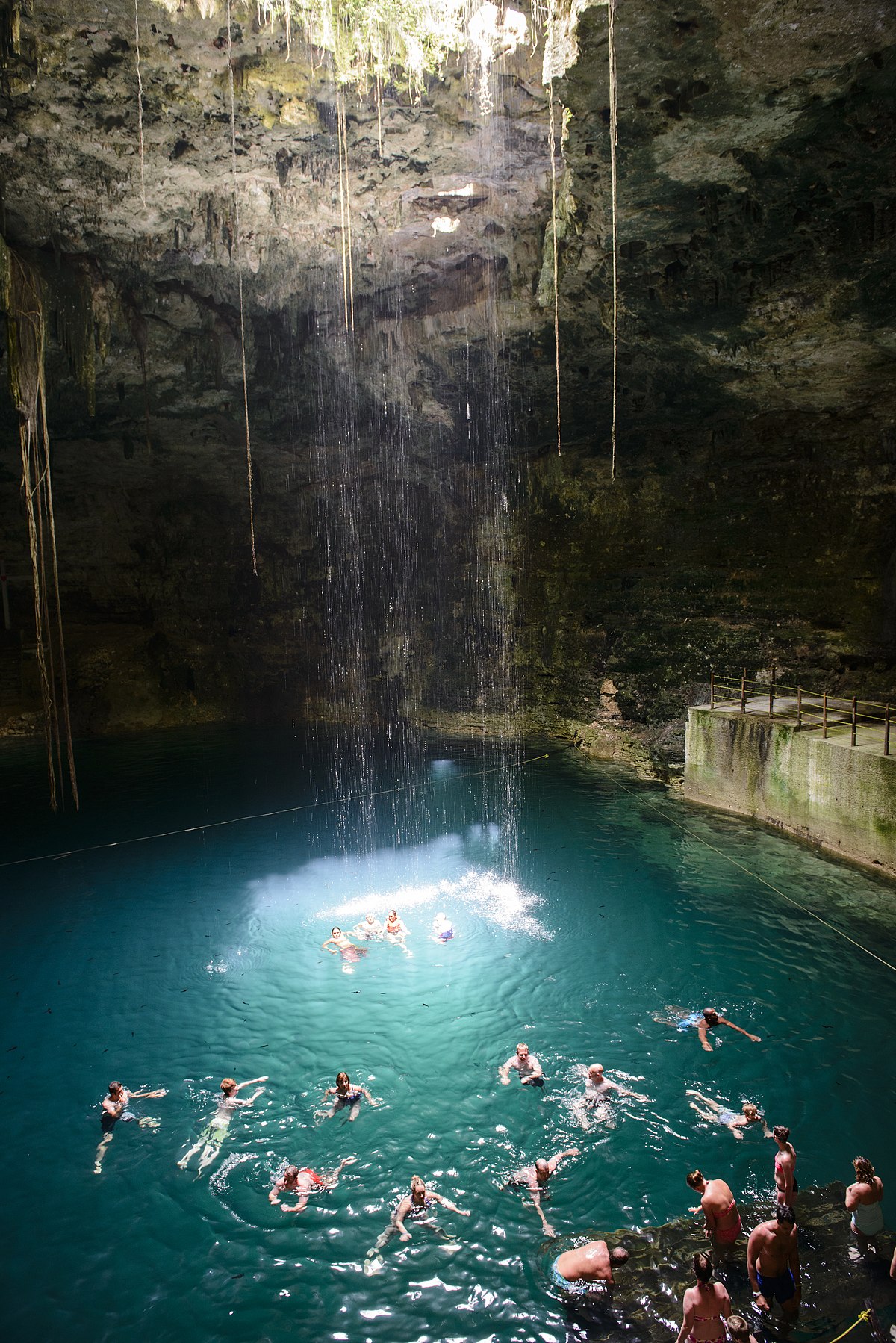
Conservation and Importance
Cenotes play a critical role in the region"s ecology, acting as natural reservoirs for fresh water. They are also of great archaeological importance, serving as sacred sites for the ancient Maya civilization. Efforts are underway to preserve these natural wonders, ensuring their beauty and historical significance remain for generations to come.
Visiting Yucatan Cenotes
When planning a visit, it"s essential to respect the natural environment. Many cenotes are accessible to the public, offering facilities for visitors. Whether you"re looking to swim, dive, or simply marvel at nature"s artistry, Yucatan"s cenotes provide an unparalleled experience.
Useful Tips
- Bring eco-friendly sunscreen to protect the cenotes" delicate ecosystems.
- Consider hiring a local guide to learn more about the history and geology of these fascinating sinkholes.
- Check accessibility and facilities before visiting, as some cenotes may be located in remote areas.
:max_bytes(150000):strip_icc()/Cenote-Dzitnup-56a026a75f9b58eba4af25d5.jpg)
Conclusion
The cenotes of the Yucatan Peninsula are not just natural attractions; they are gateways to understanding ancient cultures, geological marvels, and ecological treasures. Their cool, inviting waters and the serene beauty that surrounds them make every visit a memorable adventure.
Bottomless Yucatan Sinkhole by Jonathan Bird\'s Blue World
Exploration: Dive into the world of thrilling adventures and endless possibilities as we embark on a journey of exploration. Discover hidden treasures, magnificent landscapes, and the unknown waiting to be uncovered. Join us on this extraordinary expedition and let your spirit of curiosity soar! Ancient lore: Unravel the mysteries of ancient civilizations and dive deep into the fascinating realm of ancient lore. Hear tales of legend and myth, feel the power of ancient rituals, and immerse yourself in the rich history of our ancestors. Step into a world of wonder and wisdom as we explore the secrets of the past together.
Cenote Passage to the Maya Underworld
Cave diving in the world\'s largest underground river system is an adventure we\'ll never forget. Welcome to the Maya Underworld!
Introduction to Yucatan"s Cenotes
The Yucatan Peninsula, a region of lush landscapes and rich history, hosts one of nature"s most exquisite creations: cenotes. These natural sinkholes, formed by the collapse of limestone bedrock, expose groundwater underneath, creating pools of fresh, clear water. The word "cenote" is derived from the Mayan word "dzonot", which means well, and these formations have been revered and utilized by the Maya civilization for centuries, both as a water source and for ceremonial purposes.
Cenotes are not only a source of water; they are also gateways to an extensive underground river system that snakes beneath the Yucatan Peninsula. This hidden aquatic world is home to a diverse range of flora and fauna, some of which are endemic to the region. The waters in these natural wells are often crystal clear, providing perfect conditions for snorkeling, scuba diving, and swimming, making them a popular attraction for tourists and locals alike.
The formation of cenotes is directly linked to the geological history of the Yucatan Peninsula. The entire region sits atop a vast limestone platform. Over millions of years, rainwater, slightly acidic from absorbing carbon dioxide in the air, percolated through the soil, slowly dissolving the limestone and creating caverns and tunnels. When the roof of one of these caverns collapses, it exposes the groundwater beneath, forming a cenote.
- Freshwater Cenotes: These are the most common type, offering cool, clear water, ideal for swimming and snorkeling.
- Open Cenotes: Resemble natural swimming pools or lakes, often surrounded by lush vegetation and teeming with life.
- Cave Cenotes: Enclosed spaces with dramatic rock formations and dark, tranquil waters, perfect for experienced divers.
Yucatan"s cenotes played a significant role in the Maya civilization. Not only were they a crucial water source in a region with no rivers, but they were also considered sacred gateways to the underworld. Many cenotes were used for ceremonial purposes, including offerings and sacrifices to the Maya gods.
Today, cenotes continue to fascinate and attract people from all over the world. They offer a unique glimpse into the natural beauty and historical significance of the Yucatan Peninsula, making them a must-visit for anyone exploring this part of Mexico.
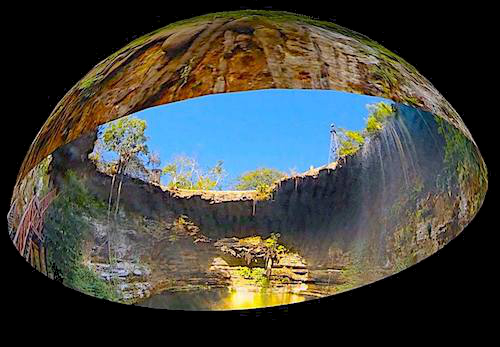
Historical Significance of Cenotes
Cenotes, the ancient natural wells of the Yucatan Peninsula, have held a place of reverence and significance throughout history, particularly for the Maya civilization. These natural sinkholes, resulting from the collapse of limestone bedrock, provided the ancient Maya with access to fresh water in a region devoid of rivers, playing a critical role in their survival and development.
The word "cenote" itself is derived from the Yucatec Maya word "dzonot" or "ts"onot", meaning "well", underscoring their importance as water sources. But beyond their practical use, cenotes were also sacred spaces, believed to be portals to the underworld, Xibalba, a place of reverence, ritual, and communication with the gods.
- Cenotes were central to Maya rituals, including offerings and sacrifices to appease and communicate with the gods, particularly the rain god, Chaak.
- Archaeological evidence, including pottery, jewelry, and human remains, found in many cenotes, attests to their role in ceremonial practices.
- The Sacred Cenote at Chichen Itza, one of the most famous cenotes, was a site of pilgrimage and sacrifice, illustrating the profound spiritual significance cenotes held.
Today, cenotes continue to fascinate with their beauty and mystery, offering a window into the ancient Maya"s spiritual world. They remind us of the deep connection between the natural environment and cultural beliefs, serving as a testament to the advanced understanding and respect the ancient Maya had for their natural resources.
Types of Cenotes in Yucatan
The Yucatan Peninsula is renowned for its diverse and stunning cenotes, each offering unique experiences and environments. These natural wonders are categorized into four main types based on their formation and characteristics:
- Cave Cenotes (Cenotes Cavernas): Found within caves, these cenotes are characterized by their enclosed spaces and often have a small opening at the top. They are ideal for diving and exploring underwater formations.
- Semi-Open Cenotes: These cenotes have partially collapsed roofs that allow sunlight to filter through, creating a surreal and beautiful lighting effect. They offer a mix of diving, snorkeling, and swimming experiences.
- Open Cenotes: Resembling natural pools or lakes, open cenotes are fully exposed to the sky. They are easily accessible for swimming, snorkeling, and enjoying the natural surroundings.
- Ancient Cenotes: The oldest type of cenotes, characterized by their extensive water systems and significant depth. These cenotes are often surrounded by lush vegetation and provide a habitat for a variety of wildlife.
Each type of cenote provides a unique glimpse into the natural beauty and geological history of the Yucatan Peninsula. Whether you"re an avid diver, snorkeler, or simply looking to enjoy the serene beauty of these natural pools, Yucatan"s cenotes offer an unparalleled experience.

Top Cenotes to Visit in Yucatan
The Yucatan Peninsula is dotted with breathtaking cenotes, each offering unique natural beauty and an unforgettable experience. Here are some of the top cenotes that you should consider visiting:
- Cenote Ik Kil: Near Chichen Itza, this cenote is famous for its deep, clear waters surrounded by lush vegetation and hanging vines, making it a picturesque swimming spot.
- Gran Cenote: Located near Tulum, Gran Cenote is a popular destination for snorkeling and swimming, known for its crystal-clear waters and fascinating cave formations.
- Cenote Dos Ojos: One of the best cenotes for diving, featuring two connected sinkholes with clear blue waters and a rich underwater ecosystem, perfect for adventurers.
- Cenote Suytun: Famous for its stunning light beam that shines through the ceiling, creating a magical atmosphere, ideal for photography and serene swims.
- Cenote Zaci: Located in Valladolid, this semi-open cenote offers easy access, refreshing swims, and a glimpse into the natural beauty of the Yucatan’s sinkholes.
Each of these cenotes has its own unique charm and offers a glimpse into the natural and mystical world of the Yucatan Peninsula. Whether you"re looking for an adventurous dive, a serene swim, or a stunning view, the cenotes of Yucatan have something special to offer.
Activities in Yucatan Cenotes
The Yucatan"s cenotes offer a plethora of activities suited for adventurers, nature lovers, and those seeking tranquility alike. These natural pools are not only stunning to behold but also provide a unique setting for a variety of experiences:
- Swimming: The crystal-clear waters of cenotes make for an invigorating swim, surrounded by nature"s beauty.
- Snorkeling: Explore the underwater world of cenotes, where visibility is often excellent, revealing fascinating rock formations and aquatic life.
- Scuba Diving: For the more adventurous, many cenotes offer diving opportunities, including cavern and cave diving, to explore the hidden depths and passages beneath the surface.
- Kayaking and Paddleboarding: Some of the larger cenotes have enough surface area to enjoy kayaking or paddleboarding, offering a peaceful way to enjoy the surroundings.
- Zip-lining: Available at certain cenotes, zip-lining offers an exhilarating way to experience the landscape from above.
- Photography: The stunning beauty of cenotes, with their clear waters, lush vegetation, and unique geological features, makes them a photographer"s paradise.
- Yoga and Meditation: The serene environment of many cenotes provides the perfect backdrop for yoga or meditation sessions, allowing for relaxation and connection with nature.
Whether you"re looking to explore underwater caves, float peacefully on the water"s surface, or simply enjoy the natural beauty, Yucatan"s cenotes offer activities for every type of traveler.

Conservation Efforts for Cenotes
The unique ecosystems of Yucatan"s cenotes are under threat from various factors, including pollution, climate change, and the impact of tourism. Recognizing their importance, both ecologically and culturally, several initiatives have been launched to protect and preserve these natural wonders:
- Regulated Tourism: Efforts to control the number of visitors and implement sustainable tourism practices are in place to minimize environmental impact.
- Research and Monitoring: Scientific studies are conducted to understand the delicate balance of cenote ecosystems, helping to inform conservation strategies.
- Community Involvement: Local communities are engaged in conservation efforts, recognizing their role as custodians of the cenotes. Educational programs raise awareness about the importance of preserving these natural resources.
- Protected Areas: Designation of cenotes and surrounding lands as protected areas helps to safeguard their biodiversity and cultural significance.
- Restoration Projects: Activities such as the removal of invasive species and the rehabilitation of affected areas are carried out to restore cenotes to their natural state.
These efforts are vital for ensuring the cenotes remain a source of natural beauty, water, and cultural heritage for future generations. By working together, we can protect these unique formations and the diverse life they support.
Planning Your Visit to Yucatan Cenotes
Visiting the cenotes in Yucatan is an unforgettable experience, but it requires some planning to make the most of your adventure. Here are some tips to help you prepare for your visit:
- Research and Select Cenotes: With over 6,000 cenotes in the Yucatan, it"s essential to research and select the ones you wish to visit. Consider factors like location, activities offered, and whether you prefer a more secluded or a popular cenote.
- Check Opening Times and Fees: Cenotes have varying opening times and entrance fees. Some may offer additional services like guided tours, equipment rental, and facilities such as restrooms and changing areas.
- Bring Necessary Gear: Essential items include swimwear, eco-friendly sunscreen, water shoes for rocky bottoms, and snorkeling gear if you plan to explore underwater. Many cenotes also rent out equipment.
- Respect Cenote Etiquette: To preserve the delicate ecosystem of cenotes, avoid using non-biodegradable sunscreen, refrain from touching or stepping on the fragile formations, and follow any specific rules set by the cenote.
- Consider Transportation: Evaluate how you"ll get to the cenotes, whether by rental car, taxi, or public transportation. Some cenotes are located off the main roads and might require a bit of a hike or a bike ride to reach.
- Stay Hydrated and Bring Snacks: The Yucatan can be hot and humid, especially in the summer. Bring plenty of water and some snacks, as not all cenotes have food services available.
- Plan for Conservation: Support conservation efforts by choosing cenotes that promote sustainable tourism practices. Your visit can contribute positively if you follow guidelines and respect the natural environment.
By planning ahead and respecting the natural and cultural significance of the cenotes, you can ensure a rewarding and memorable experience exploring these unique features of the Yucatan Peninsula.
:max_bytes(150000):strip_icc()/Cenote-Tza-Ujun-Kat-Merida-Mexico-1-003d26c74c514edeb9b05529c6556387.jpg)
Understanding the Ecological Importance of Cenotes
Cenotes, the natural sinkholes of the Yucatan Peninsula, are not only breathtakingly beautiful but also play a crucial role in the region"s ecosystem. These unique geological formations are part of an extensive underground network of rivers and aquifers, serving as the primary source of fresh water in an area with no surface rivers or lakes. The ecological significance of cenotes extends far beyond water supply, encompassing biodiversity, climate regulation, and cultural heritage.
- Biodiversity Hotspots: Cenotes are home to a wide array of flora and fauna, including many endemic species that have adapted to the unique subterranean environments. These ecosystems support diverse communities of fish, amphibians, reptiles, and invertebrates, as well as microorganisms found nowhere else on earth.
- Water Purification: The natural filtration process through the limestone helps purify the water, maintaining the clarity and quality of this vital resource. This filtration is essential for the health of the Yucatan"s ecosystems and its people.
- Climate Regulation: Vegetation around cenotes plays a role in carbon sequestration, helping to mitigate climate change by absorbing CO2 from the atmosphere. The preservation of cenotes contributes to the overall health of the global climate system.
- Cultural Significance: Beyond their ecological role, cenotes have deep cultural and historical importance to the Maya people, who have inhabited the Yucatan Peninsula for thousands of years. They are considered sacred sites, integral to Maya cosmology and rituals.
Conservation of cenotes is vital for the sustainability of the Yucatan"s natural and cultural landscapes. Efforts to protect these unique ecosystems include regulating access, promoting responsible tourism, and conducting research to understand their ecological dynamics fully. The preservation of cenotes is not just about safeguarding natural beauty but also about maintaining the biodiversity and cultural heritage that define the Yucatan Peninsula.
Guidelines for Responsible Tourism in Cenotes
Responsible tourism is essential to preserving the natural beauty and ecological balance of Yucatan"s cenotes. Here are some guidelines to ensure your visit has a positive impact:
- Avoid Chemicals: Use biodegradable sunscreen and insect repellent before entering the cenotes to prevent water contamination.
- Respect Wildlife: Observe and enjoy the wildlife from a distance. Do not touch, feed, or disturb the animals.
- No Littering: Carry out what you carry in. Dispose of trash properly in designated areas to protect the cenote environment.
- Preserve the Silence: Keep noise to a minimum to respect the natural ambiance and other visitors" experience.
- Stay on Designated Paths: Follow marked trails and paths to minimize your impact on the surrounding vegetation and prevent erosion.
- Support Local Communities: Consider visiting cenotes managed by local communities. Your entrance fees help support conservation efforts and local livelihoods.
- Limit Flash Photography: Avoid using flash when taking photos, especially in darker, enclosed cenotes, as it can disturb wildlife.
- Follow Guidelines: Adhere to any specific rules or guidelines provided by cenote caretakers or guides. These are in place to protect both visitors and the cenote ecosystem.
By following these guidelines, visitors can help ensure that Yucatan"s cenotes remain pristine and beautiful for generations to come.
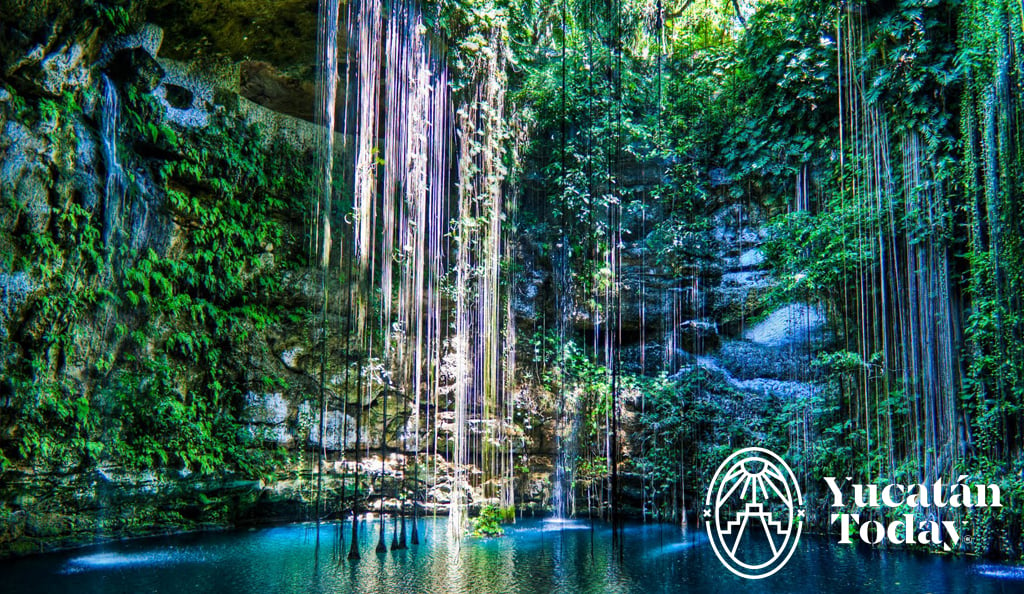
READ MORE:
Conclusion: The Eternal Allure of Yucatan"s Cenotes
The cenotes of Yucatan are not just natural wonders but also a profound testament to the interconnectedness of nature, culture, and history. These stunning sinkholes, with their crystal-clear waters, rich biodiversity, and deep historical roots, continue to captivate the hearts of all who visit them. As gateways to an ancient world and as vital resources for the environment and local communities, cenotes embody the beauty and mystery of the Yucatan Peninsula.
Preserving these treasures requires a collective effort from visitors, locals, and authorities alike. By embracing responsible tourism practices and supporting conservation initiatives, we can ensure that the cenotes retain their allure and ecological significance for future generations. The cenotes of Yucatan remind us of the wonders that emerge when natural and human histories intertwine, offering lessons in sustainability, respect, and wonder that resonate far beyond their watery depths.
Yucatan"s cenotes offer a mesmerizing journey into natural beauty, rich history, and ecological wonders, inviting us to explore and protect these unique underwater treasures for generations to come.

